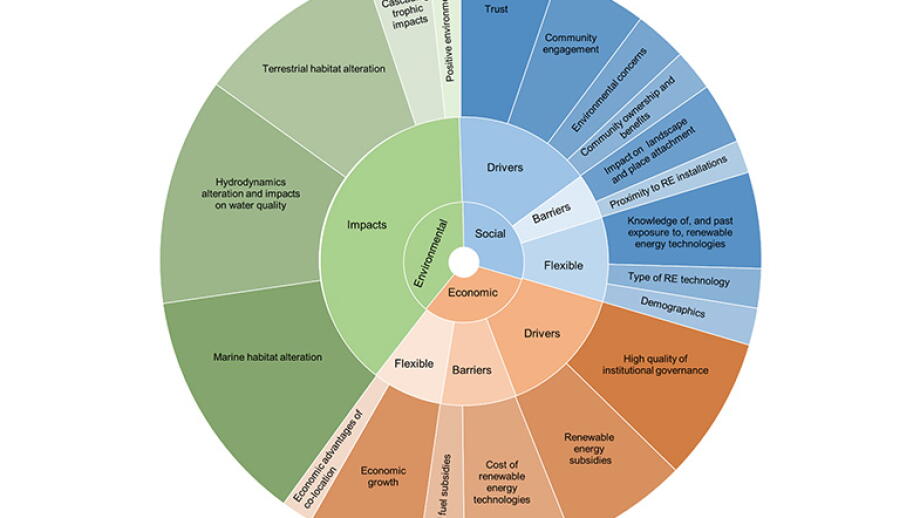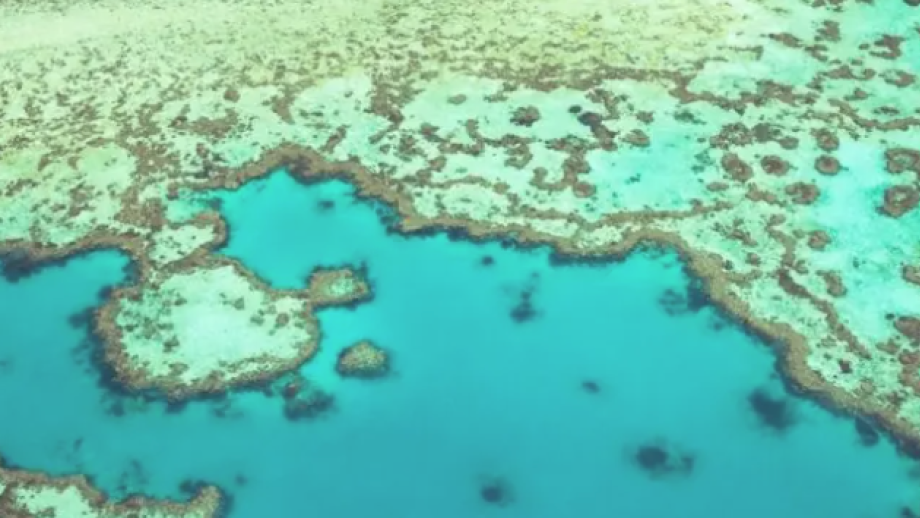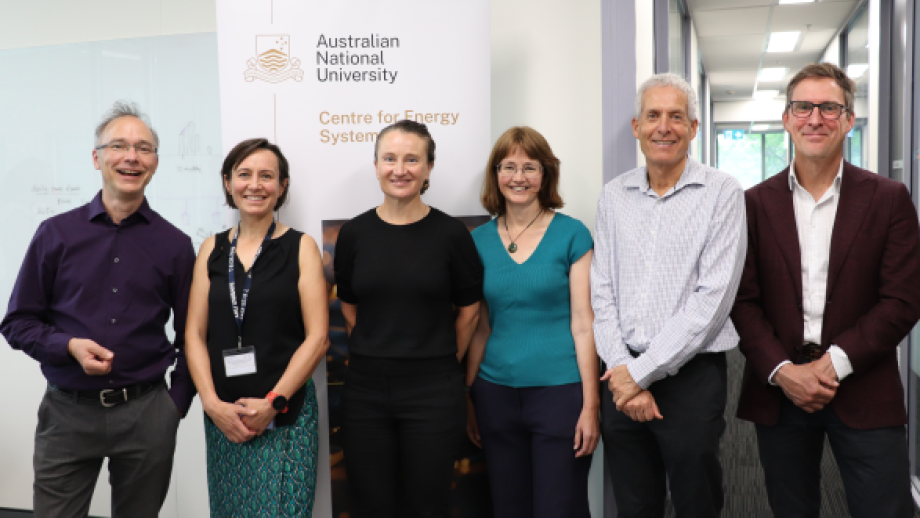By: Harry Armstrong-Thawley and Timothy Weber
Posted on
In an increasingly renewable energy system, correctly costing competing firming technology — pumped hydro, batteries, and gas — is essential to planning a secure and affordable energy supply.
But when it comes to pumped hydro, Australia’s cost models have it all wrong.
Correcting basic assumptions about pumped hydro could completely change the outlook for Australia’s evolving energy landscape. Modelling too-small systems, overly constrained in location, with out-dated locational discounts pushes long-term plans away from storage and towards gas.
If cost models were updated to reflect modern realities, energy planners may find that long-duration pumped hydro, coupled with high power batteries, provides decarbonisation and better electricity prices than gas.
Why pumped hydro?
Despite the growth of batteries, pumped hydro remains by far the dominant utility storage technology worldwide, and in Australia.
Pumped hydro offers the more cost-effective solution for storage longer than several hours and at large scales.
When the first pumped hydro system was developed over 100 years ago, generation was primarily provided by inflexible coal. Pumped hydro’s role was to provide flexibility by shifting generation from coal, and later nuclear, from periods of low demand (overnight) to periods of high demand (morning and evening). Operated like this, there was little need for storage longer than a day.
But in 2024, wind and solar was 89 per cent of all new capacity globally. In Australia’s National Electricity Market (NEM), more than a third of all energy is now wind or solar and South Australia is approaching 75 per cent. These figures are an underestimate as they do not include rooftop solar consumed behind the meter. With such significant amounts of variable generation, the old operational paradigm no longer applies.
 Electricity generation in South Australia is now dominated by solar and wind, with gas and imports from Victoria currently providing the majority of the balance.
Electricity generation in South Australia is now dominated by solar and wind, with gas and imports from Victoria currently providing the majority of the balance.
New pumped hydro systems will need to store more energy for longer to balance longer term weather — cloudy, wet, and windless winter weeks.
Charge cycles are now determined as much by weather as by demand, but higher energy throughputs and larger price spreads promise more attractive economics.
What’s wrong with the current model?
Driven by modern improvements in site selection and the new operational context of variable generation, historical costs and revenues of pumped hydro are no longer relevant in costing new builds. This reality undermines assumptions of mainstream top-down cost models, including those used for system planning in Australia.
Broadly speaking, cost models may be top-down or bottom-up — meaning they are either calibrated from historical projects or based on component-level costs. The top-down approach has merits, but it is only valid when comparing like-for-like.
The vast majority of existing pumped hydro systems are located on a watercourse (on-river). The three pumped hydro systems currently operating in Australia (Tumut 3, Wivenhoe, and Shoalhaven) are all on-river. Similarly, all 43 pumped hydro projects operating in the US are on-river.
But modern improvements to site selection techniques, including global atlases of candidate sites, reveal an enormous number of off-river sites — enough to serve a global population of ten billion affluent people, at zero emissions, 170 times over.
Pumped hydro costs are extremely sensitive to local geography, and the atlases show that the best new-build candidates are off-river. Shorter and steeper tunnels, short dams impounding deep valleys, and larger elevation differences between reservoirs can see costs and risk plummet.
Since both on- and off-river pumped hydro use the same components and construction techniques, bottom-up models, like the National Renewable Energy Laboratory’s model, are still suitable.
Another benefit of bottom-up models is the disaggregation of costs of power delivery components (pump-turbines, tunnels, etc.) and energy storage (dam walls etc.). This allows modellers to size and cost systems with more flexibility and confidence.
How it’s impacting Australia’s energy planning
The CSIRO’s GenCost report is the key source of cost data for electricity generation and storage in Australia. These are the major cost inputs into AEMO’s Integrated System Plan (ISP) — the authoritative projection for the NEM. Unfortunately, the assumptions behind GenCost do not accurately reflect off-river systems.
For a start, GenCost assumes unrealistic operations. GenCost only models storage durations of up to 48 hours even though Snowy 2.0 will boast 160 hours when complete.
For pumped hydro, long-duration is the natural choice. Higher energy capacity is cheap but higher power capacity is expensive — the costs of large, deep reservoirs with short dam walls scale excellently while costs of electrical equipment and high-pressure tunnels do not.
Leveraging the complementary strengths of pumped hydro and batteries, long -duration pumped hydro could provide energy seasonally while recharging high-power batteries to manage demand peaks.
Secondly, the factors used to adjust costs by location are fanciful.
Tasmania is assumed to host pumped hydro at about half the cost of any mainland state. These figures are based on a 2018 report by Entura, which is, in turn, based on an early iteration of the same pumped hydro atlases referenced. Since then, the atlases have been improved and expanded.
It is now clear that most low-cost options are actually between Brisbane and Melbourne, close to existing high-power transmission.
Lastly, GenCost estimates fail to reflect the cost-savings from sites with favourable geographic and technical characteristics.
The 2.2 GW / 350 GWh Snowy 2.0 project has a headline capital cost of $12 billion, equivalent to $5,500/kW or $34/kWh in energy terms.
While Snowy 2.0 reduces cost by repurposing existing reservoirs, it also requires an expensive, high-project-risk 27 km tunnel. Despite this, the GenCost estimate of a 48-hour (longest duration modelled) pumped hydro project in southern NSW is between 30 per cent and 330 per cent higher than Snowy 2.0 ($7118/kW or $148/kWh).[1]
Snowy 2.0 is classified as AA by the atlases — 300 more class AA sites are identified in Australia. Only a couple of these 300 sites would satisfy the 1000 GWh of storage required by 2050.
AEMO’s ISP further imposes a 390 GWh build limit for new pumped hydro in the NEM, which is completely at odds with the 300 AA sites identified in the atlases.
 150 GWh pumped hydro options for Australia. Stars and triangles mark premium low-cost sites and blue lines mark existing high voltage transmission. Most premium sites are close to transmission between Brisbane and Melbourne.
150 GWh pumped hydro options for Australia. Stars and triangles mark premium low-cost sites and blue lines mark existing high voltage transmission. Most premium sites are close to transmission between Brisbane and Melbourne.
In AEMO’s long term system planning — a vital part of the nation’s energy strategy — all these factors combine to disadvantage storage and preference alternatives, namely gas.
AEMO currently projects a need for 15 GW of gas capacity in 2050. Flexible gas is the most expensive source of generation in the market and frequently sets the wholesale electricity price. Australia’s recent experiences of gas price volatility, and the knock-on effects to household energy bills, should warrant every effort to avoid reliance on gas. Not to mention carbon emissions.
Improving the cost modelling of new pumped hydro systems may materially change the planning pathways for Australia’s electricity system, especially the scale of gas deployment during the transition.
[1] 2024 baseline cost of $7822/kW with locational cost factor of 0.91 for South New South Wales
Harry Armstrong-Thawley is a Research Officer and PhD Candidate with the Australian National University’s Centre for Energy systems (ACES) and the 100% Renewable Energy Group (RE100). His research seeks to develop Modelling to Generate Alternative (MGA) methodologies to support robust, multi-criteria decision making in energy planning.
Timothy Weber is a Research Officer and PhD Candidate with the Australian National University’s Centre for Energy Systems (ACES) and the 100% Renewable Energy TeamGroup. He is currently undertaking research into 100% renewable electricity pathways, developing the Global Pumped Hydro Energy Storage Atlas algorithm, and modelling firming provided by electrical energy storage systems.
You may also like
Trends in renewable energy literature revealed
“Of the 369 studies, only 27 focused on the environmental impacts of renewable energy in these regions. Yet, these countries face unique challenges in the clean energy transition, balancing industrialisation with sustainability in ways industrialised nations never had to. With over 85% of the world’s population living in developing economies, the global transition to a sustainable future simply cannot happen without them.”
Marine cloud brightening on the Great Barrier Reef easily powered by solar photovoltaics
A promising anti-bleaching technology for the Great Barrier Reef is powered by diesel generators. ANU experts have found that solar photovoltaic (PV) can be easily added to these generators to reduce their emissions.
ANU establishes new Centre for Energy Systems
A new Centre that brings together pioneering experts in clean energy research has been established at the Australian National University. With a mission to accelerate economy-wide decarbonisation and limit the effects of human-induced climate change, the Centre will take a holistic systems-based approach to working with uncertainty, dynamism and complexity.



